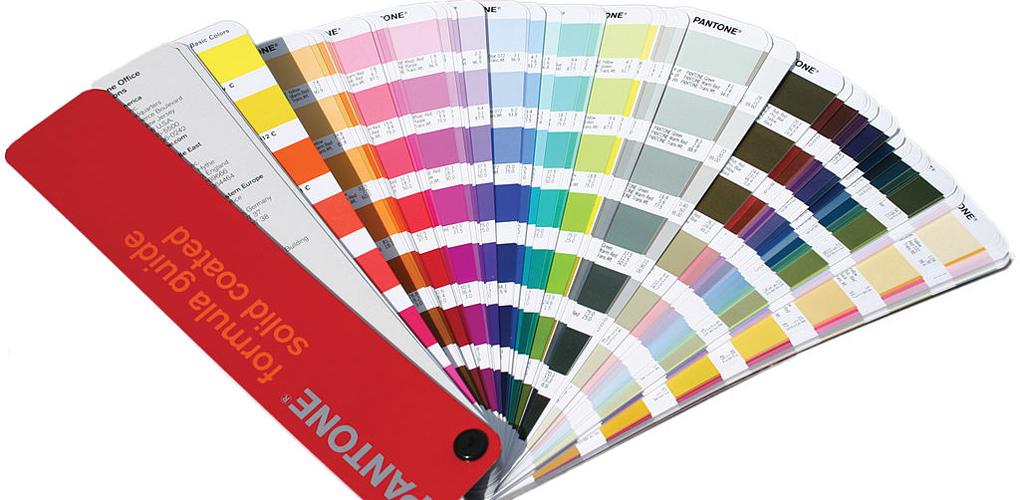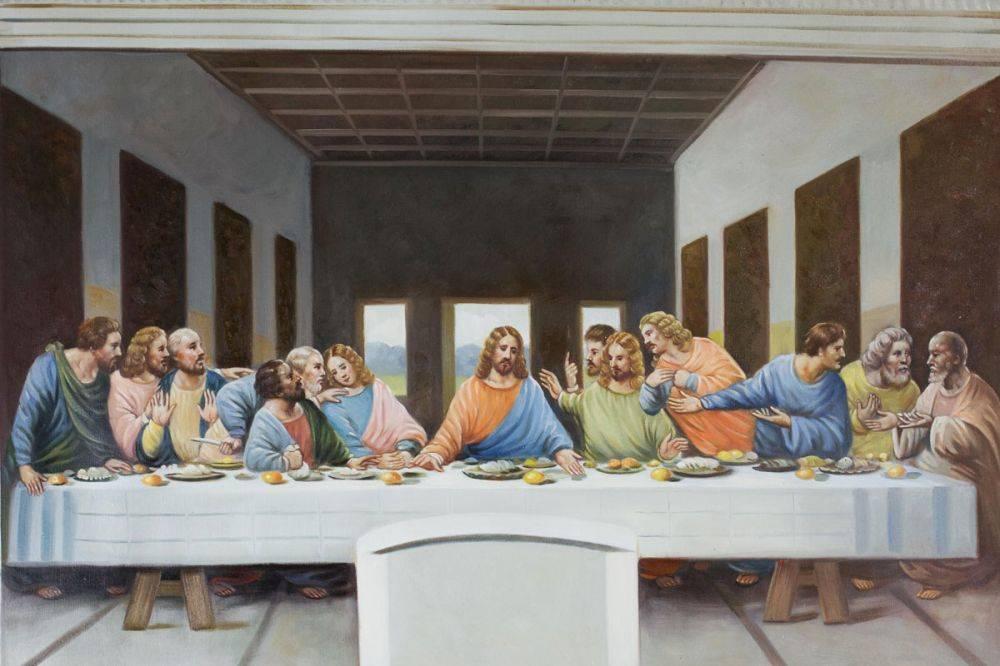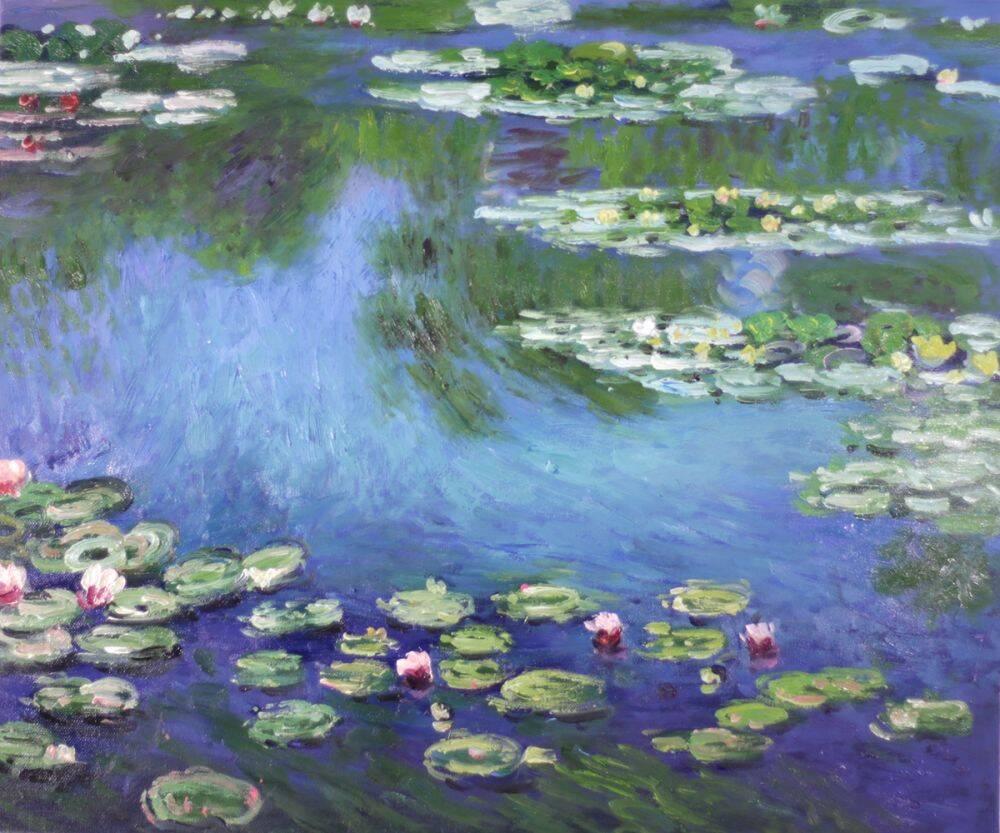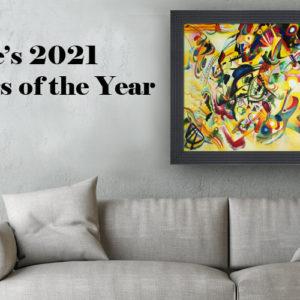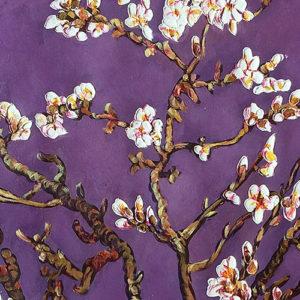Art
Pantone: Kingdom of Color
Pantone is the company that created the Pantone Color Matching system, a unified way of creating colors in art and design. Their formulas allow manufacturers and printers to create the exact same shade again and again. They are even able to create custom and trademarked colors for companies to use for logos. Companies such as John Deere, UPS, and Walmart have all paid money to guarantee they have a trademark color only they can use. Although, that was not how they started out.
In the beginning, Pantone was simply the printing department of a larger marketing firm called M & J Levine Advertising. One ambitious employee with an interest in chemistry, Lawrence Herbert, began to create an easier system for organizing the company’s pigments. With this new system, that division became more profitable than its parent company and Herbert eventually bought that division. Thus, Pantone and their Pantone color numbers began.
They became famous for their color swatches and large fan decks with categorized individual shades, including the color formulas written on them. Designers loved being able to have a visual aid when trying to match things in a room. Marketing companies loved that they could create campaigns around certain colors and be guarantee the same shade across multiple mediums. Pretty soon Pantone had become an industry standard in the world of color.
According to their website, Pantone uses 18 base colors mixed in specific amounts according to their formulas to create each individual shade. Manufacturers pay to use the special licensed inks Pantone provides as those base colors and then can mix the licensed formulas themselves. Pantone even offers metallic and pastels as options. Pantone is most often used for screen printing, but they do have conversions if an item is being printed in process, or CMYK, colors. The idea is to create a way to make colors objective, instead of appearing different to each individual. That way the same shade of blue can be created by two separate manufacturers, in two different locations, to match perfectly.
One way that Pantone has learned to capitalize on the marketing industry is by offering companies the chance to create a signature color with them. These colors become part of the brand’s identity and are easily recognized by its customers. I bet you couldn’t guess all the companies that have Pantone colors in their logo.
Next: Pantone has the Marketing Magic
